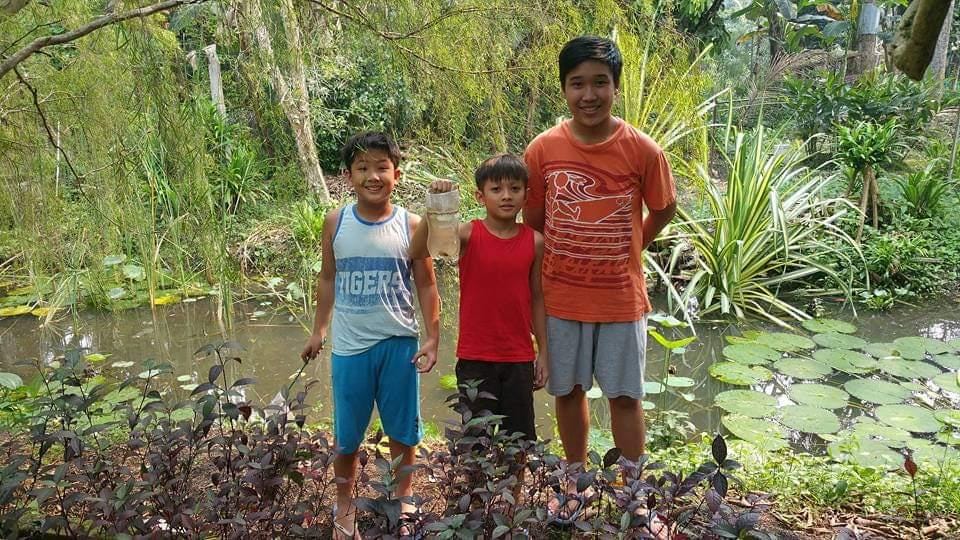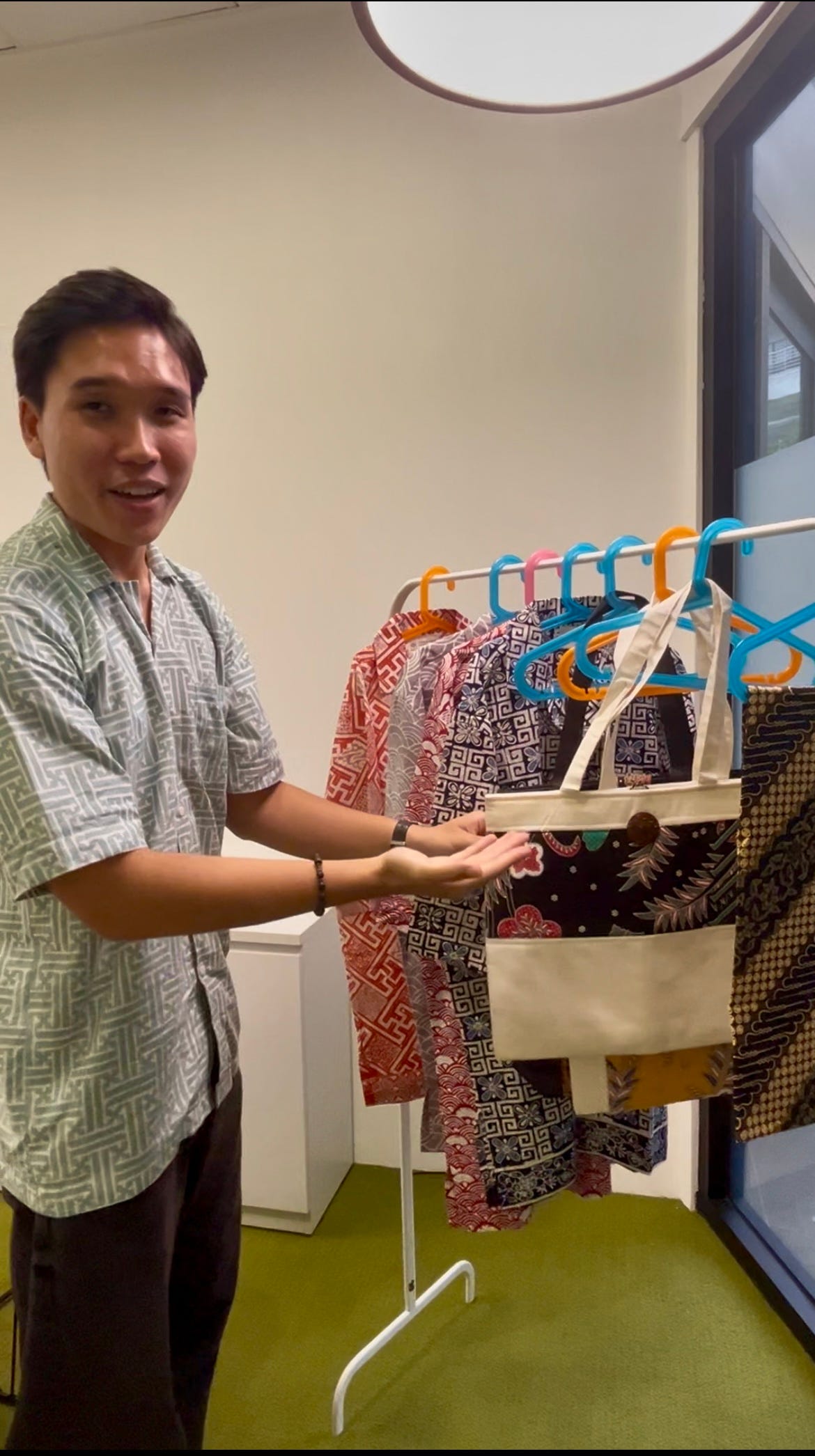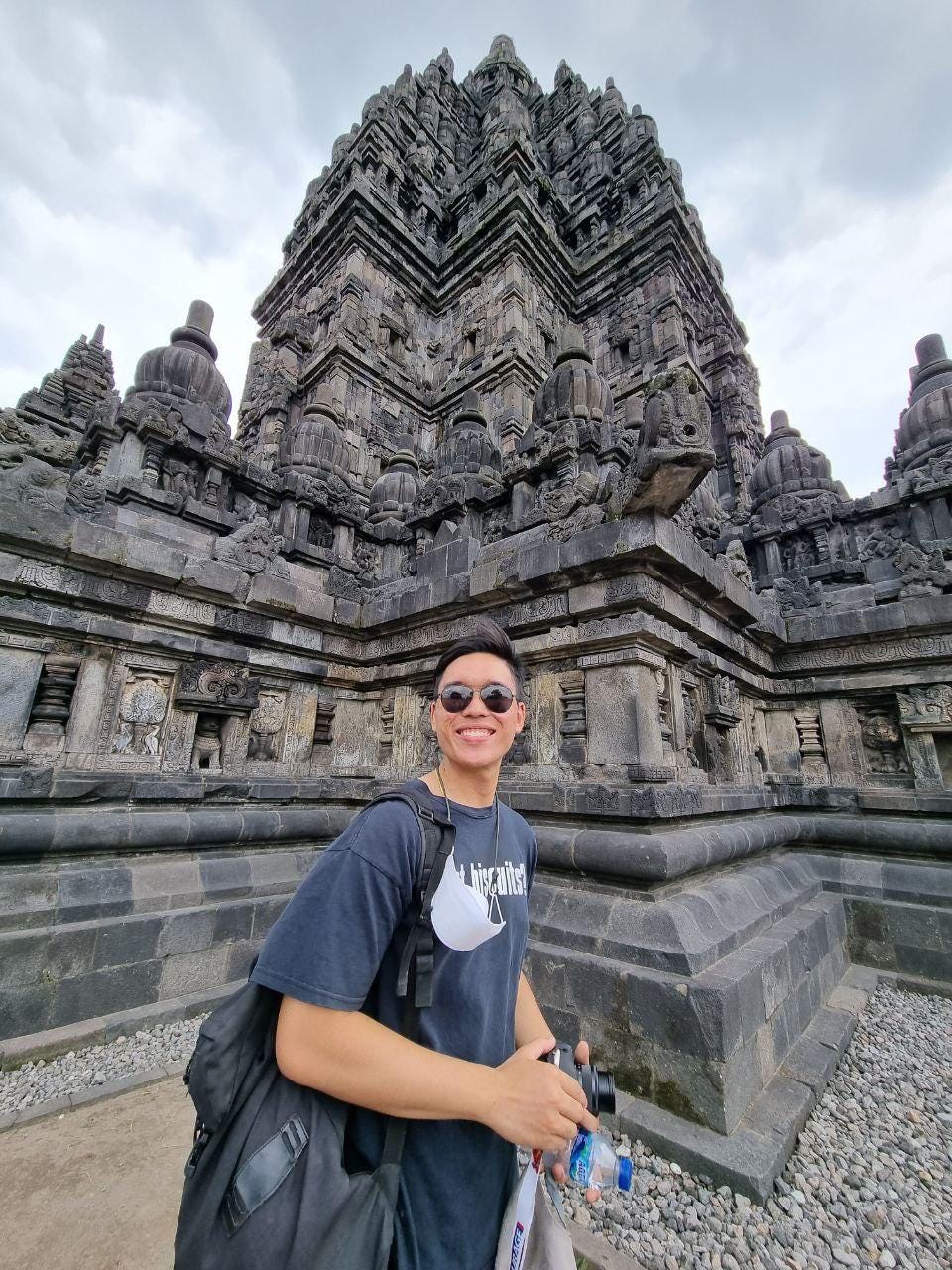#45: Can Batik Be Everyday Wear? This Malaysian Entrepreneur Thinks That's Just The Start
At 24, Miguel Bay is building a Uniqlo for Southeast Asian heritage—sparked by real encounters across the region
Welcome to SEAmplified’s newsletter—where we share inspiring stories for youths to explore what’s possible in Southeast Asia!
Reading time: 7 minutes
🔥 Trailblazers
Trailblazers features young startup founders, social leaders, and cultural mavericks in Southeast Asia.“I want Heritage Bay to be the Uniqlo for Southeast Asian heritage and cultural products,” says Miguel Bay, 24, when I meet him at his office at a startup incubator.
As he sets up a clothes rack to display some Batik-inspired shirts and bags, the Malaysian entrepreneur shares that there’s no recognisable brand that reflects the heritage and culture of Southeast Asia.
Building a widely recognised iconic brand is his way of preserving the unique culture of Southeast Asia, which is at risk of losing its appeal thanks to consumerism.
For instance, traditional fashion like Batik often features geometric and floral patterns, which are typically seen as old-fashioned and reserved for formal occasions like weddings or business meetings.
Likewise, whether it’s Japanese ceramics or luxury handbags, minimalist designs often win over handcrafted ones by artisans across Southeast Asia.
Traditional handicraft products also take time to produce, which makes it difficult for them to compete with mass-produced alternatives that are more affordable.
Given that generating widespread interest in traditional handicrafts is an uphill battle, what convinced Miguel to start a business in it?
An Early Interest In Business
It began in primary school, when he started selling erasers and pens to friends at 50 cents and one ringgit each.
“I did that because money was cool and it was out of natural curiosity,” quipped Miguel. “I even collected unwanted newspapers and sold them at three ringgit.”
Miguel felt that his grandparents could have also influenced him. His Indonesian-born grandmother started an Indonesian food catering business with his grandfather in Johor Bahru (JB), followed by a Balinese-themed resort, which is frequented by many Singaporeans.
He also felt that the idea of becoming an entrepreneur is prominent amongst Malaysians.
“You see people selling Ramly burgers, opening cafes, or running apparel stalls—and they thrive,” he says.
But after completing his primary education in Malaysia, Miguel asked his parents to send him to Singapore for secondary school. He was drawn to the appeal of Singapore’s education system, which is widely regarded as one of the best in the world.
“Initially, it was just to try,” recalls Miguel. “But there were times when I wanted to pull out because it was so tough to travel every day.”
For about half a year, Miguel had to wake up at 3:50 am on weekdays to commute between JB and Singapore for school. It was tiring, but he believes that the experience built a sense of resilience in himself.
Interestingly, half of his classmates hailed from Indonesia, Myanmar, Vietnam, China, and Korea, which made him realize that he was not alone. He also met a Filipino couple at church who invited him to stay with them after realising that he was in the same secondary school as their son.
They stayed together for eight years.
“It was a privilege to have these friends and the chance to appreciate different cultures, which I guess planted a seed in me to work on a cultural business,” says Miguel.
With his early interest in selling stuff, Miguel joined his secondary school’s business club. He got to participate in various competitions where he learned how to make business pitches and proposals, which has come in handy as he builds his heritage brand today.
“We pitched random ideas like designing a switch that saves electricity, and sold popcorn chickens for three dollars to raise funds for the club,” recalls Miguel. “I had a lot of fun!”
And to say that the business club had a huge impact on Miguel is an understatement.
“I was playful in secondary school,” Miguel says. “If it wasn’t for the business club, I wouldn’t have secured a spot in a business diploma program through an early admissions exercise.”
Miguel subsequently pursued the diploma at Singapore’s Ngee Ann Polytechnic and joined an in-house startup incubator where he organized TEDx talks and competitions related to entrepreneurship.
But it wasn't until a holiday in Cameron Highlands that the initial spark for Heritage Bay began to take root.
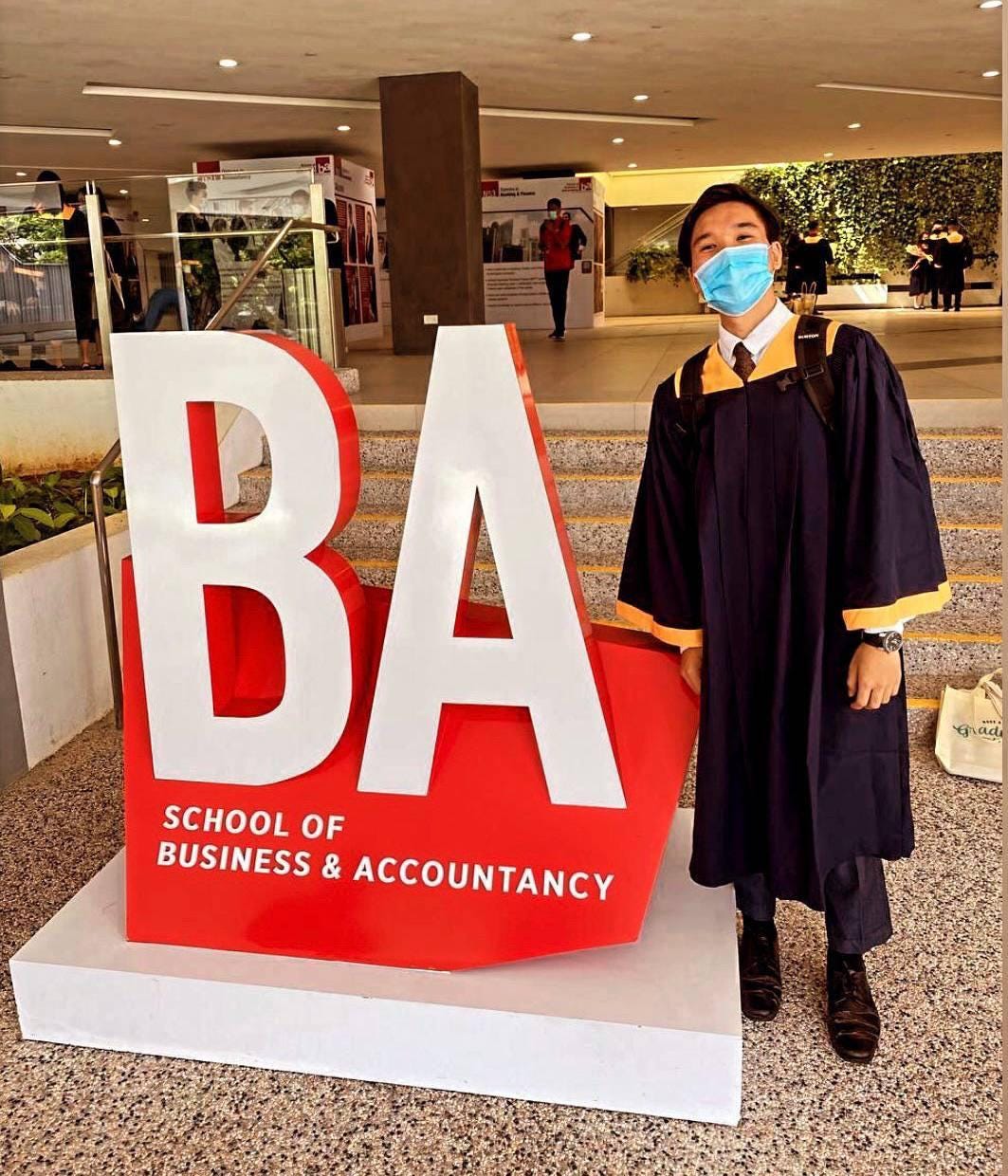
From An Encounter To A Cultural Business
At 16 or 17, Miguel chanced upon a group of Orang Asli (indigenous people) who were selling wooden chopping boards at Cameron Highlands.
“I thought these people were genuine,” Miguel recalls. “I was sure that they could generate a decent profit if I knew how to work with them to market their products.”
While Miguel wasn’t interested in culture yet, that encounter left a lasting impression on him.
“Back then, I was more interested in watching YouTube videos,” he admits with a sheepish laugh. “It was only in university that I decided to think about how I can build a heritage and cultural business by working with artisans like the group of Orang Asli I met.”
Miguel explains that artisans in Southeast Asia face a multifaceted problem. They range from struggling to earn disposable income through their crafts, a lack of domestic demand, an inability to meet quick consumer demand, to facing an uphill struggle to market their product through social media. And the list goes on.
But I wondered, do artisans genuinely want to sell their products to more people around the region?
After all, creating a handicraft product is different from mass producing apparel or handbags. It takes time, craftsmanship, and effort to do so. For instance, during SEAmplified’s trip to Indonesia last year, I learned that the art of batik-making is an extremely tedious process that can take months to complete.
“I don’t know,” Miguel admits. “Every artisan is different; some are very ambitious, they want to sell more, but there are others who are less inclined to do so.”
Nonetheless, Miguel sees Heritage Bay as a platform that strives to support every artisan in Southeast Asia. From product packaging and crafting a product narrative to enhancing customer experience, he helps to market their products by assuming a “spokesperson” role on their behalf.
For instance, he tries to tell a story behind the products by finding out the meaning of the motifs printed on a Batik shirt and explaining them to consumers.
I thought the work Miguel is doing is impressive, especially when Heritage Bay is mostly a one-man show, since it began as a passion project in 2021.
He learned how to connect with artisans through local organisations, set up an online storefront, and physical pop-up booths by himself. Recently, he has also managed to incorporate the business and obtain an entrepreneurship pass to work on the business in Singapore.
But the journey has been fraught with challenges. For one, he had an unsuccessful collaboration with a group of artisans some time ago.
“I can tell you frankly, I ordered 50 Batik shirts, but I couldn’t sell them at all,” says Miguel. “The batik stamping was off, the coloring was off, and I wasted hundreds of dollars on them.”
In another setback, his business bank account was hacked, and he had to file a police report to recover the losses.
Despite these challenges, he believes in taking a step at a time to work towards the grand vision of Heritage Bay becoming a cultural and heritage icon in Southeast Asia.
“I’m not sure how ambitious I want to be,” says Miguel. “But I’m navigating my way to achieve that vision, and perhaps few years from now we could have a physical storefront and start selling other products like handmade ceramics.”
Embracing Opportunities As A “Third Culture Kid”
Having spent the past twelve years studying, living, and now building his business in Singapore, Miguel jokes that he is a “third culture kid”.
“It’s quite funny, my friends would joke that I’m a Singaporean when I’m not,” says Miguel. “But I feel at home when I land in both Singapore and JB, because I’m familiar with both places.”
Yet, one thing that Miguel often struggles with is his status as “a foreigner at home”. The reality of his foreign status strikes whenever he has to apply for programs that are strictly reserved for Singaporeans.
“I was unable to go on a fully sponsored trip to Hong Kong when I was in poly, and I have no access to a startup grant purely because of my nationality,” says Miguel.
While he struggles with the lack of access to these opportunities, he does not think that these rules are unfair in any way. Instead, these obstacles have influenced him to seize growing opportunities in Southeast Asia, having been exposed to diverse cultures at a younger age.
“There are lots of opportunities in Singapore,” says Miguel. ”But Southeast Asia is so much richer and diverse in culture, and we are booming with investments pouring into the region.”
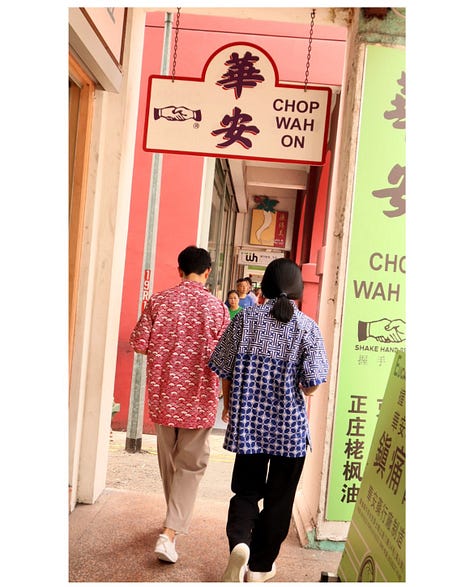
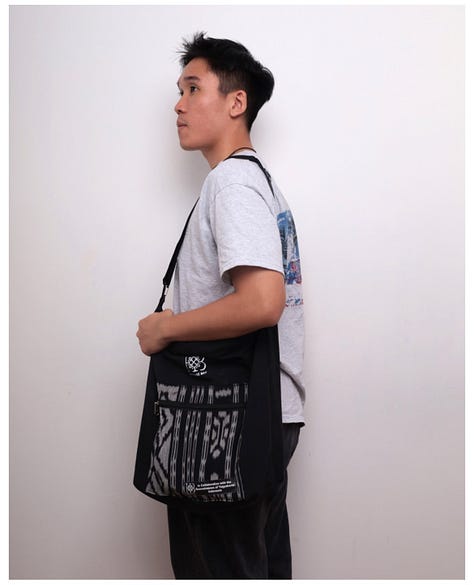
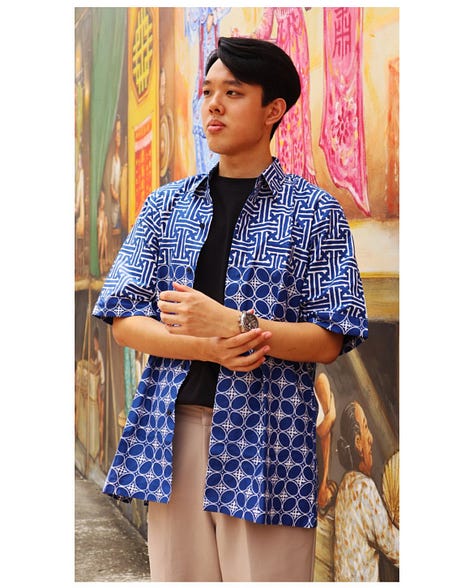
With that, Miguel believes that there will be a growth in demand for cultural products, and more artisans will be encouraged to seize the opportunity. He hopes that Heritage Bay will be the platform that brings together every cultural product across the region in one place, even if the landscape becomes competitive in the future.
“Southeast Asia is a small giant that is waking up, and we should take advantage of it,” he adds.
As Southeast Asia steps further into the global spotlight, Miguel is seizing the opportunity to create a movement— one that inspires young Southeast Asians to wear and own their culture and identity with pride.
It’s not just about preserving culture with a modern twist, but reclaiming it, reimagining it, and making it part of our daily lives for generations to come.
Enjoyed today’s article? Follow SEAmplified on Instagram, TikTok, and LinkedIn for more exciting and exclusive content, hit the subscribe button, and tell us how we did in the poll below!
Have a new idea or lead for a story, feedback on our work, or just want to say hi? Email us at hello@seamplified.com.






